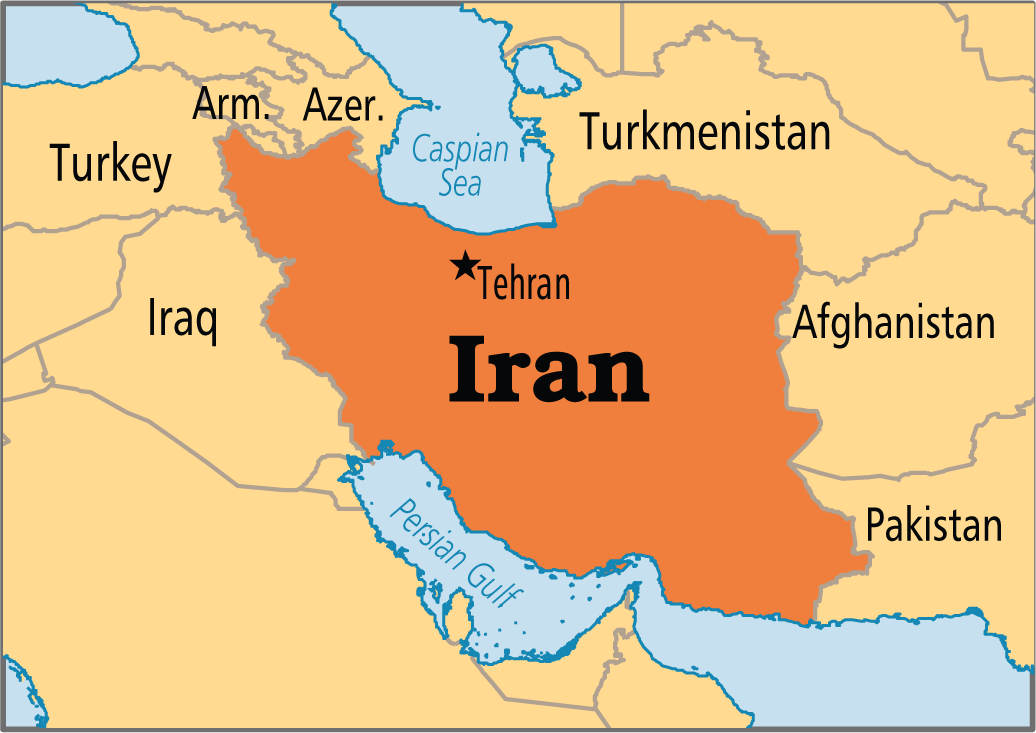International Relations
Currency Change in Iran
- 06 May 2020
- 6 min read
Why in News
Iran's parliament has passed a bill allowing the government to slash four zeros from the rial and authorizing its replacement with another basic unit of currency called the toman (redenomination).
- Under the bill, Iran's national currency will be changed from the rial to the Toman, which is equal to 10,000 rials.
- Redenomination:
- It is the process whereby a country's currency is revalued due to significant inflation and currency devaluation, or when a country adopts a new currency and needs to exchange the old currency for a new one at a fixed rate.
- In simpler words, it is exchanging old currency for new currency, or changing the face value of existing notes in circulation.
Key Points
- Eliminating the four zeros was a necessary action to simplify financial transactions.
- It would vastly simplify financial calculations by eliminating the need for Iranian shoppers to carry loads of rials to make purchases, which they have to do because of inflation.
- According to the Iran's Students News Agency (ISNA), the bill needs to be approved by the Guardian Council, a body of conservative clerics that supervises the Parliament.
- After its approval, the Central Bank of Iran will have two years to implement the change for removing rial from circulation and issuing toman instead.
Background
- This move comes after a sharp fall in the value of the currency as a result of crippling US sanctions.
- The currency has been devalued 3,500 times since 1971. It declined steadily since the Iranian Revolution, 1979 brought the religious government to power.
- The idea of removing four zeros has been floated since 2008 but gained strength after 2018 when the US exited Iran's 2015 nuclear deal and reimposed sanctions and the rial lost more than 60% of its value.
Chronology of US-Iran Relations
- 1953: Overthrow of Mossadeq
- The US and British intelligence agencies planned a coup to oust Iran's democratically elected Prime Minister, Mohammad Mossadeq.
- He sought to nationalise Iran's oil industry, which was against the US's capitalist interests.
- 1979: Iranian Revolution
- The US-backed Shah of Iran, Mohammed Reza Pahlevi was forced to leave the country in 1979, following months of demonstrations and strikes against his rule by secular and religious opponents.
- This led to the return of Islamic religious leader Ayatollah Khomeini from exile and following a referendum, the Islamic Republic of Iran was proclaimed on 1st April 1979.
- 1979-81: US Embassy Hostage Crisis
- The US embassy in Tehran was seized by protesters in November 1979 and American hostages were held inside for 444 days.
- The final 52 hostages were freed in January 1981, the day of US President Ronald Reagan's inauguration (ceremony to mark the commencement of a new 4-year presidential term).
- 2002-13: Nuclear Fears and Sanctions
- In 2002 an Iranian opposition group revealed that Iran was developing nuclear facilities including a uranium enrichment plant.
- In pursuance of this, several sanctions are imposed by the United Nations (UN), the US and the European Union (EU) against Iran.
- US President George Bush denounces Iran as part of an "axis of evil" with Iraq and North Korea.
- This causes Iran's currency to lose two-thirds of its value in two years.
- 2013-16: Closer ties and a nuclear deal
- In September 2013, Iran's new moderate President Hassan Rouhani took office.
- In 2015, after a flurry of diplomatic activity, Iran agreed on a long-term deal on its nuclear programme- Joint Comprehensive Plan of Action (JCPOA) with a group of world powers known as the P5+1 - the US, UK, France, China, Russia and Germany.
- Under the accord, Iran agreed to limit its sensitive nuclear activities and allow in international inspectors in return for the lifting of crippling economic sanctions.
- 2018-19: US-Iran Tensions in current times
- Policy of maximum pressure: In May 2018, the US abandoned the nuclear deal and reinstated economic sanctions against Iran.
- Policy of strategic patience: Iran acted with restraint, with thinking that by abiding by the nuclear deal it could get economic favour from the EU. However, this policy failed to work for Iran and thereby it began a counter-pressure campaign.
- In June 2019, Iranian forces shot down a US military drone over the Strait of Hormuz and then began the cycle of response and escalation between the two countries.






